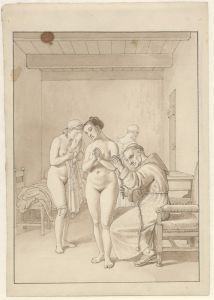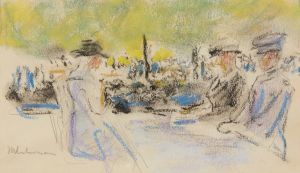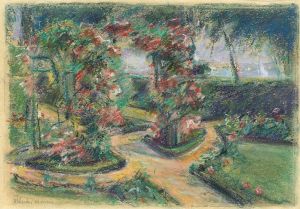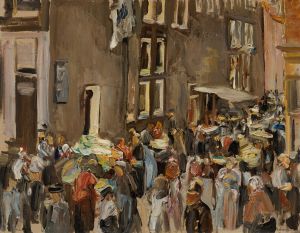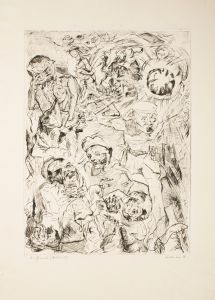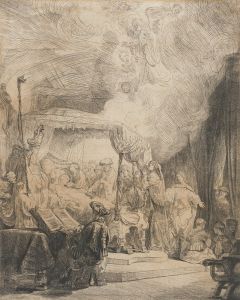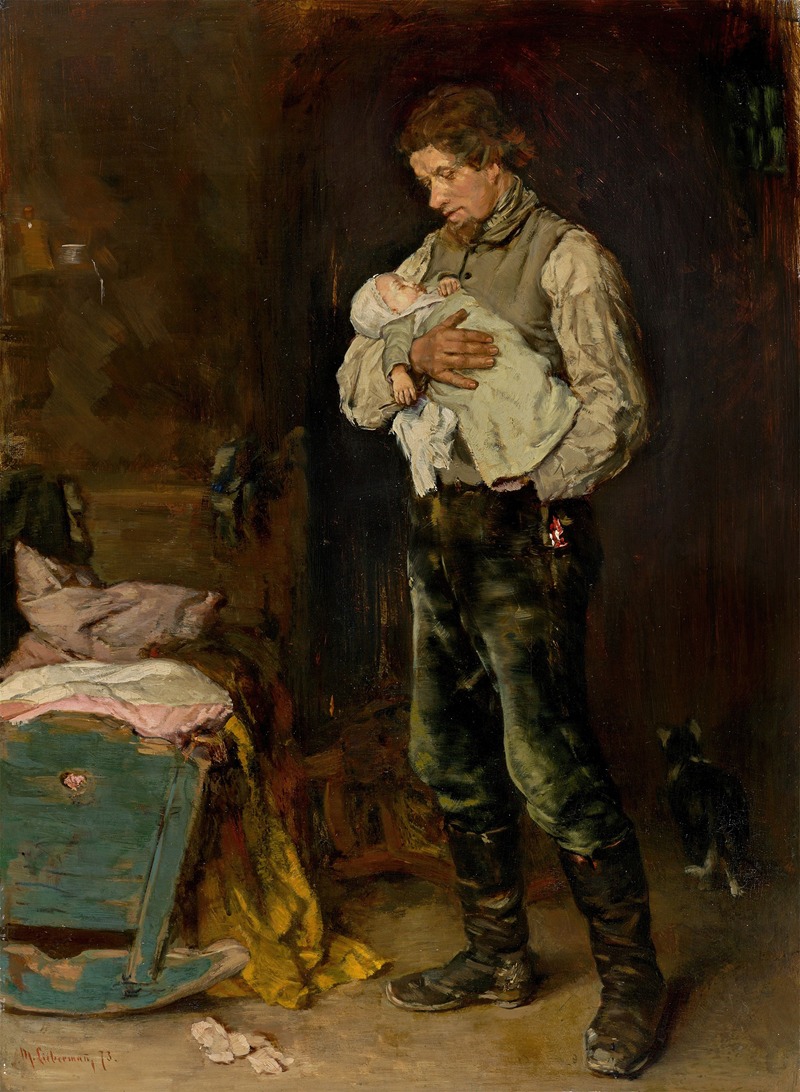
Der Witwer
A hand-painted replica of Max Liebermann’s masterpiece Der Witwer, meticulously crafted by professional artists to capture the true essence of the original. Each piece is created with museum-quality canvas and rare mineral pigments, carefully painted by experienced artists with delicate brushstrokes and rich, layered colors to perfectly recreate the texture of the original artwork. Unlike machine-printed reproductions, this hand-painted version brings the painting to life, infused with the artist’s emotions and skill in every stroke. Whether for personal collection or home decoration, it instantly elevates the artistic atmosphere of any space.
Max Liebermann was a prominent German painter and printmaker, associated with the Impressionist movement. However, there is no widely recognized painting titled "Der Witwer" by Max Liebermann. It is possible that there might be confusion with the title or it might be a lesser-known work not extensively documented in public art historical resources.
Max Liebermann was born on July 20, 1847, in Berlin, Germany, and became one of the leading figures in the German art scene during the late 19th and early 20th centuries. He was known for his realistic and impressionistic depictions of everyday life, capturing scenes of domesticity, leisure, and work with a keen eye for detail and a subtle use of color and light.
Liebermann studied at the Weimar Art School and later in Paris, where he was influenced by the works of the Barbizon School and the emerging Impressionist movement. His early works often depicted rural and peasant life, showcasing his interest in realism and social themes. Over time, his style evolved to incorporate more impressionistic techniques, characterized by loose brushwork and an emphasis on the effects of light.
Throughout his career, Liebermann painted a wide range of subjects, including portraits, landscapes, and genre scenes. He was particularly known for his depictions of gardens, parks, and urban life, often capturing the leisurely activities of the bourgeoisie. His works are celebrated for their vibrant colors, dynamic compositions, and the ability to convey a sense of movement and atmosphere.
Liebermann was also an influential figure in the art world beyond his painting. He was a founding member of the Berlin Secession, an art movement that sought to break away from the conservative art establishment in Germany. As president of the Berlin Secession, Liebermann played a crucial role in promoting modern art and supporting young artists.
Despite his success and influence, Liebermann's career was affected by the political climate of his time. As a Jewish artist, he faced increasing discrimination with the rise of the Nazi regime in Germany. In 1933, he resigned from the Prussian Academy of Arts in protest against the Nazis' policies. Liebermann passed away on February 8, 1935, in Berlin.
While "Der Witwer" does not appear to be a well-documented work by Max Liebermann, his legacy as a pioneering artist in the Impressionist movement and his contributions to the art world remain significant. His works continue to be celebrated for their technical skill, emotional depth, and the ability to capture the essence of everyday life. If "Der Witwer" is indeed a painting by Liebermann, it would likely reflect his characteristic style and thematic interests, although specific details about the painting are not readily available in existing art historical records.








